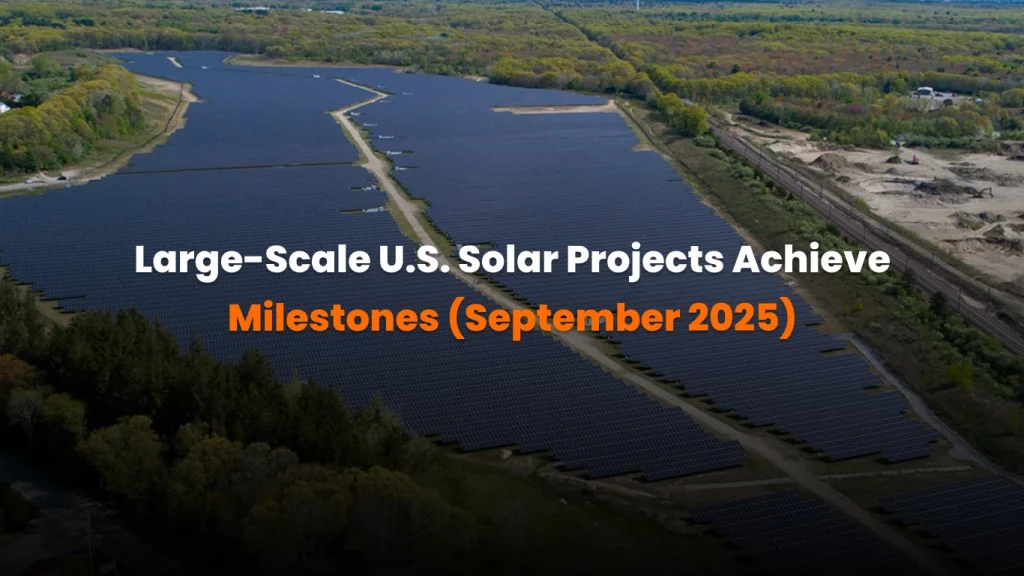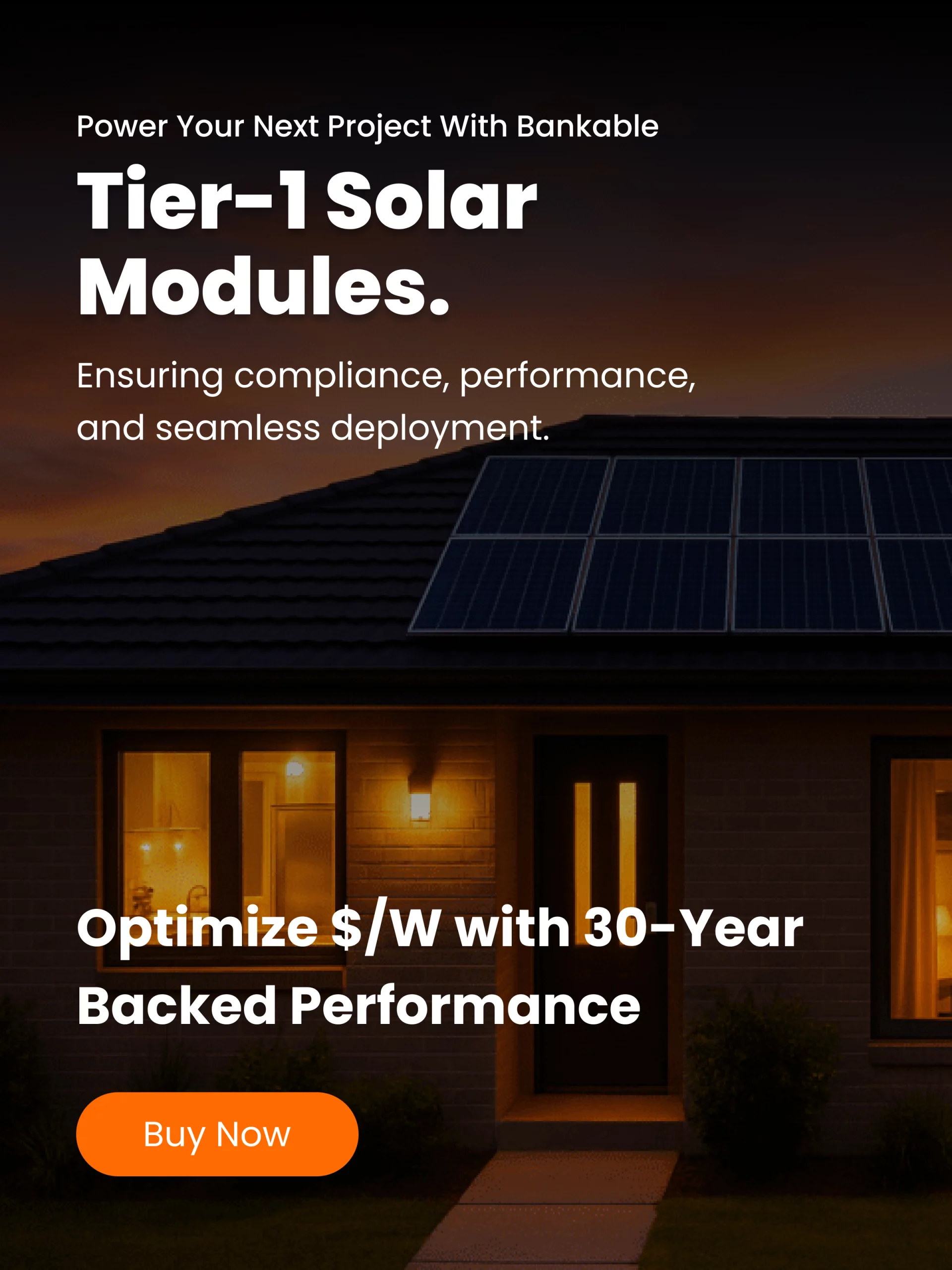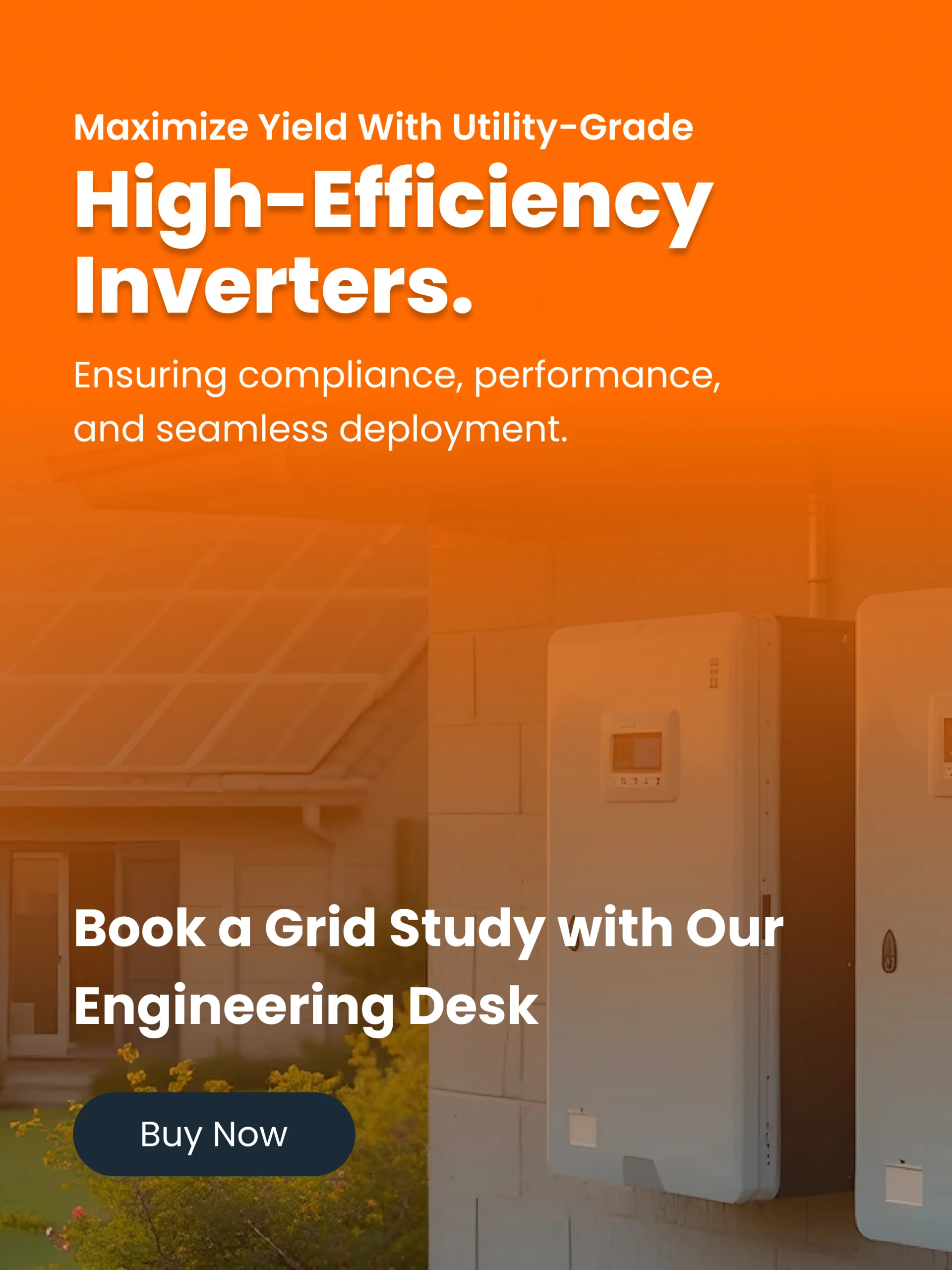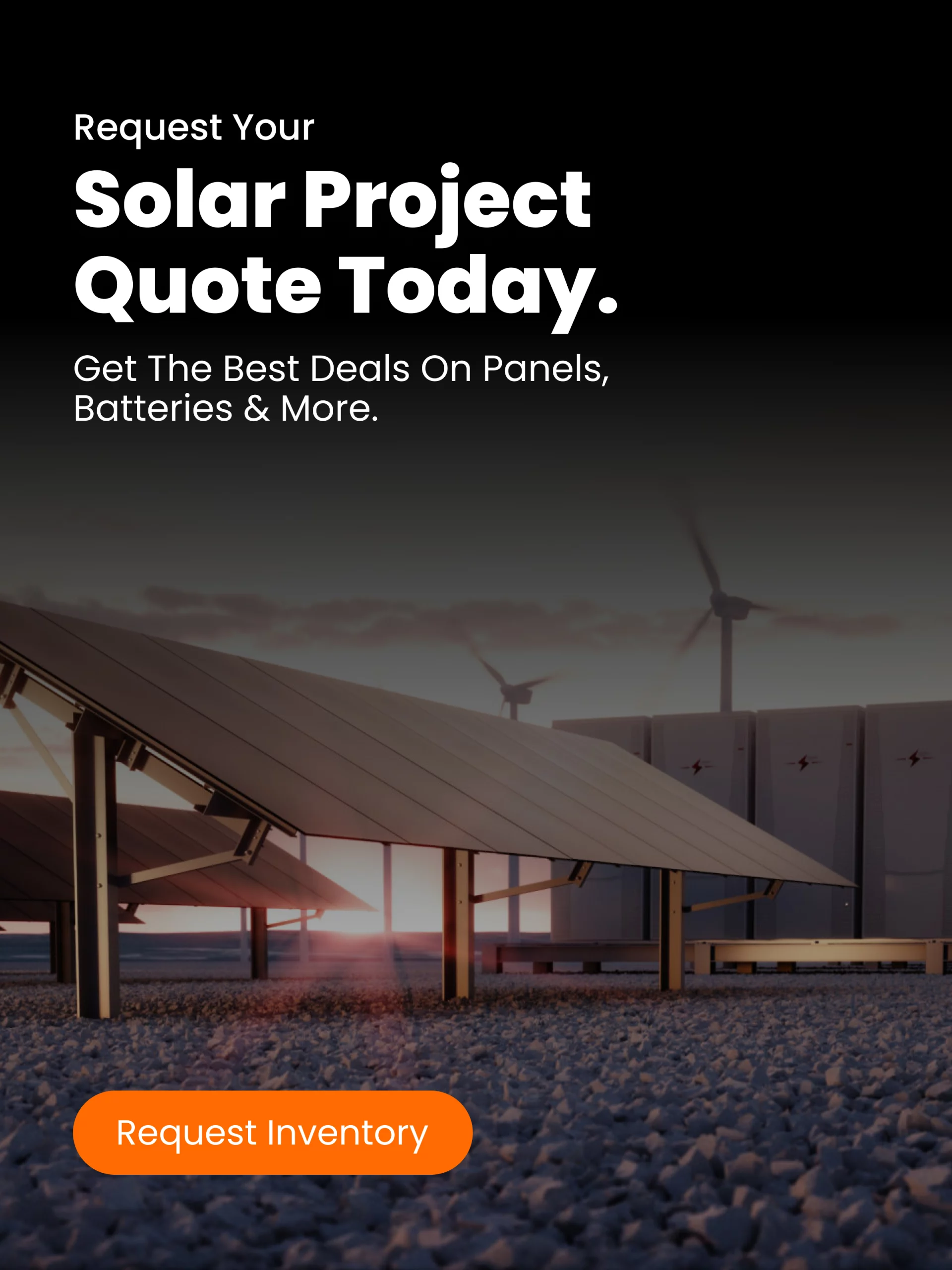Introduction
The scale of solar projects in the United States keeps growing, with September 2025 marking several major milestones. From record-breaking solar farms switching online to multi-hundred-megawatt developments securing financing, this month underscored how utility-scale solar is leading the renewable energy charge. Here we highlight some of the biggest projects that came online or advanced, and examine what they mean for suppliers, EPCs, and the clean energy market.
Gigantic Solar Farms Commissioned Across the States
Texas: Outpost Solar
Spanish energy giant Repsol announced the start of commercial operations at its 629 MWdc “Outpost” solar farm in Webb County, Texas. This is one of the largest single-site solar projects in the U.S. to date. It marks Repsol’s fourth solar project stateside and boosts the company’s total U.S. solar capacity online to 1.4 GW, with another 1.4 GW under construction.
The Outpost project’s sheer size underscores a trend of international investors pouring capital into massive U.S. solar assets. It also reflects Texas’s status as a solar boom market. The state’s abundant land, strong solar resources, and pro-business grid policies have enabled mega-projects to flourish. For local communities, Outpost brings economic benefits such as construction jobs and long-term tax revenue, while for the grid it provides enough clean electricity for around 100,000 homes. Importantly, Repsol’s success signals to other oil and gas majors pivoting to renewables that such large projects are both feasible and profitable.
Colorado: Black Hollow Sun I
In early September, Northern Colorado saw its largest solar farm to date go live. ContourGlobal energized the 185 MWp Black Hollow Sun I project near Severance, delivering power to the Platte River Power Authority. This is Phase 1 of a planned 324 MWp solar complex, with Phase II slated for 2026. Together, they will form the biggest photovoltaic installation in that region.
The project is significant for two reasons. First, it is ContourGlobal’s first renewable asset in the U.S., marking the entry of another global player into American solar. Second, it was built using American-made modules from Qcells, which likely qualified the project for bonus tax credits while supporting domestic manufacturing. Black Hollow Sun I illustrates how mid-sized cities and community-owned utilities are now embracing large solar procurements to meet clean energy goals. For EPC contractors and panel suppliers, it highlights opportunities in markets beyond the usual hotspots, showing how even Colorado’s Front Range is scaling up solar.
Other Notable Completions
Across the country, numerous large solar farms have been completed in 2025. In the first half of the year alone, 14.5 GW of utility-scale solar was installed, with Texas, Arizona, and Florida contributing major capacity. Recent examples include the 417 MW Ash Creek Solar in Hill County, Texas, and the 300 MW Box Canyon Solar in Pinal County, Arizona.
To visualize the trend, here is a snapshot of some major solar projects online in 2025 so far:
- Outpost Solar (TX) – 629 MWdc – Online September 2025 (Repsol)
- Black Hollow Sun I (CO) – 185 MWp – Online September 2025 (ContourGlobal)
- Ash Creek Solar (TX) – 417 MWac – Online June 2025
- Box Canyon Solar (AZ) – 300 MWac – Online June 2025
- Morris Solar (MO) – 250 MWac – Online June 2025
These completions reinforce how common hundred-megawatt-scale solar has become nationwide.
Projects Advancing: Financial Closes and Construction Starts
Longroad Energy’s 400 MW Texas Project
Boston-based Longroad Energy achieved financial close for its “1000 Mile Solar,” a 400 MWdc (300 MWac) project in Yoakum County, Texas. The solar farm has a virtual power purchase agreement with Meta for its output and is expected to be completed in 2026.
Longroad secured financing from Morgan Stanley for tax equity and a consortium of banks including Societe Generale, CIBC, ANZ, Barclays, and KeyBank for debt. All five of Longroad’s Texas solar projects, including 1000 Mile, are using First Solar’s Series 7 modules manufactured in the U.S. This shows the growing trend of developers opting for domestic panels to ensure supply security and capture Inflation Reduction Act incentives.
For the industry, the project signals continued investor appetite for utility-scale solar, even with higher interest rates. Securing over $350 million in financing demonstrates that banks and equity investors remain confident in solar’s stable returns. At peak, the project will employ around 400 workers, boosting local economies while creating business for suppliers of inverters, trackers, and balance-of-system components.
Pipeline Growth in Emerging Markets
Large projects are also advancing outside of traditional solar states. In Mississippi, nearly two dozen solar farms are already operational and another half-dozen are in the permitting pipeline. One planned project, Soul City Solar, cleared local approvals and awaits a state Supreme Court ruling due to resident appeals. Altogether, Mississippi has about $2 billion in solar projects on the drawing board.
This shows that large-scale solar is expanding even in regions without strong renewable mandates, driven by economics and stakeholder support. Developers should note that opportunities for big solar now span almost every state, from Texas to Indiana, Ohio, and Mississippi, where land and transmission are available.
What These Mean for Solar Industry Players
- Equipment Suppliers: Large projects drive massive equipment orders. U.S. panel makers like First Solar and Qcells are seeing surges in demand as developers seek domestic modules. Inverters, trackers, and storage vendors are also benefiting as many new solar farms either integrate storage or plan for it in the future. Suppliers able to deliver at scale will capture these opportunities.
- Construction and EPC Firms: The boom in 200–600 MW projects is testing EPC capabilities. Firms with experience at gigawatt scale are in high demand. Local labor training and community engagement are also critical, as these projects bring hundreds of jobs during construction and long-term benefits for host regions.
- Utilities and Offtakers: Utilities are increasingly comfortable signing power purchase agreements for massive projects, reflecting solar’s cost competitiveness. Corporate offtakers like Meta are also driving large-scale deals tied to sustainability commitments.
- Investors and Financiers: Financing activity is robust, with strong appetite for well-structured projects backed by creditworthy offtakers. Despite higher interest rates, banks and infrastructure funds continue to see utility solar as a safe, long-term investment.
Conclusion
September 2025 reinforced that big solar is now the standard in the U.S. Projects once considered massive, such as 100 MW or 200 MW, are now routine, with the frontier pushing into the 600 MW range. This brings economies of scale that drive costs lower and strengthen solar’s competitiveness against fossil fuels.
Each successful commissioning and financial close builds confidence in the market, showing that utility-scale solar has reached an inflection point. For component makers, EPCs, and investors, the era of ultra-large solar farms has arrived, creating tremendous opportunities across the supply chain.




